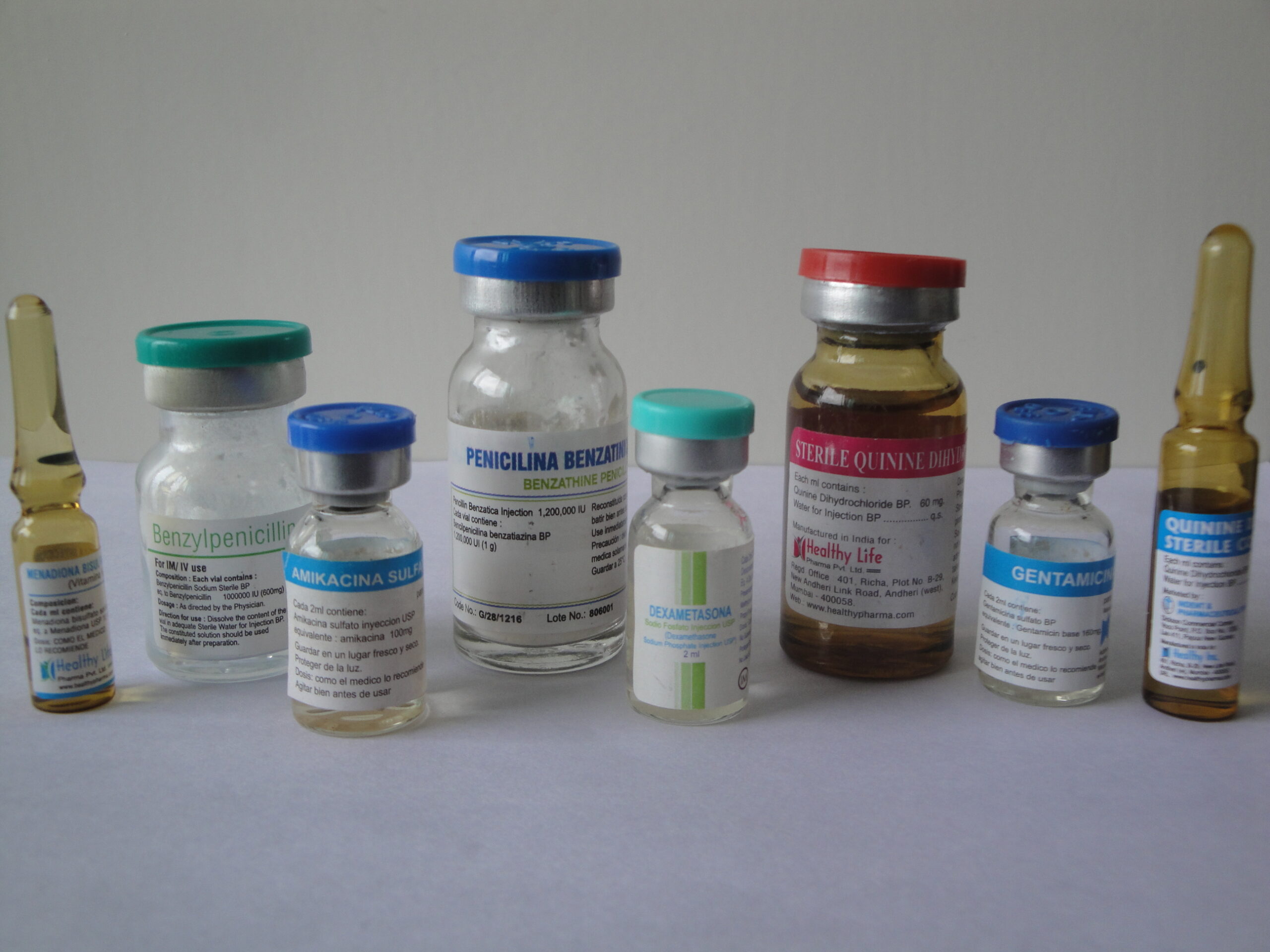Description
Ceftizoxime veterinary invection
Ceftizoxime is a broad-spectrum cephalosporin antibiotic that is used in veterinary medicine to treat bacterial infections in animals. It belongs to the third generation of cephalosporins and is effective against a wide range of gram-positive and gram-negative bacteria.
In veterinary medicine, Ceftizoxime may be used to treat infections such as:
Skin and soft tissue infections
Urinary tract infections
Respiratory tract infections
Bacterial septicemia
Wound infections
Bacterial meningitis
Joint infections
Mastitis (inflammation of the mammary gland)
Peritonitis (inflammation of the abdominal cavity)
The dosage and administration of Ceftizoxime in veterinary medicine depend on various factors including the species, weight of the animal, severity of the infection, and the specific bacterial strain causing the infection. It is typically administered via intramuscular or intravenous injection.
It’s important to note that the use of antibiotics in veterinary medicine should always be under the guidance of a licensed veterinarian who can determine the appropriate dosage, duration of treatment, and suitability of the medication for the specific condition being treated. Additionally, proper diagnosis of the bacterial infection through laboratory tests is crucial to ensure the effectiveness of the antibiotic therapy and to prevent the development of antibiotic resistance.
Ceftizoxime is a third-generation cephalosporin antibiotic that is commonly used in veterinary medicine to treat bacterial infections in animals. It is effective against a wide range of Gram-positive and Gram-negative bacteria. Some common veterinary uses of ceftizoxime include:
Skin and soft tissue infections: Ceftizoxime can be used to treat bacterial infections of the skin, such as pyoderma, abscesses, and wounds.
Respiratory tract infections: Ceftizoxime may be prescribed to treat respiratory infections in animals, including pneumonia and bronchitis.
Urinary tract infections: Ceftizoxime can be effective against urinary tract infections caused by susceptible bacteria.
Surgical prophylaxis: It may be used prophylactically to prevent infections during surgical procedures in animals.
Systemic infections: Ceftizoxime can be administered to treat systemic bacterial infections, such as septicemia or bacterial peritonitis.
It’s important to note that ceftizoxime should only be used under the guidance and prescription of a licensed veterinarian. Dosage and duration of treatment will vary depending on the type and severity of the infection, as well as the species and weight of the animal. Additionally, as with all antibiotics, it’s crucial to complete the full course of treatment even if the animal’s symptoms improve, to prevent the development of antibiotic resistance.
Ceftizoxime is a third-generation cephalosporin antibiotic commonly used in veterinary medicine to treat bacterial infections in animals. It is effective against a broad spectrum of bacteria, including both Gram-positive and Gram-negative organisms.
In veterinary medicine, ceftizoxime may be prescribed to treat infections such as:
Skin and soft tissue infections
Respiratory tract infections
Urinary tract infections
Wound infections
Intra-abdominal infections
Bone and joint infections
Ceftizoxime works by inhibiting the synthesis of bacterial cell walls, leading to the disruption of the bacterial cell structure and ultimately causing bacterial death.
Dosage and administration of ceftizoxime in veterinary medicine may vary depending on the species, the severity of the infection, and other factors. It is typically administered via intravenous or intramuscular injection, although some formulations may be available for oral administration.
It’s important to note that ceftizoxime, like all antibiotics, should be used judiciously and only under the guidance of a veterinarian to minimize the development of antibiotic resistance and to ensure the most effective treatment for the animal. Additionally, proper diagnosis of the bacterial infection is essential to determine the appropriate antibiotic therapy.
Ceftizoxime is a broad-spectrum cephalosporin antibiotic that is used in veterinary medicine to treat bacterial infections in animals. It is effective against a wide range of gram-positive and gram-negative bacteria. Ceftizoxime works by inhibiting the synthesis of bacterial cell walls, ultimately leading to the death of susceptible bacteria.
In veterinary medicine, Ceftizoxime may be prescribed to treat various infections in animals, including but not limited to:
Skin and soft tissue infections
Respiratory tract infections
Urinary tract infections
Wound infections
Bacterial septicemia
The dosage and duration of treatment with Ceftizoxime in veterinary patients will depend on factors such as the type and severity of the infection, the species and size of the animal, as well



